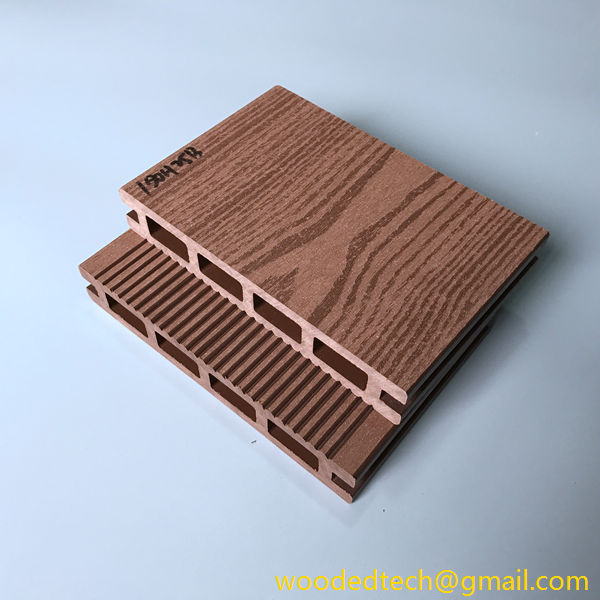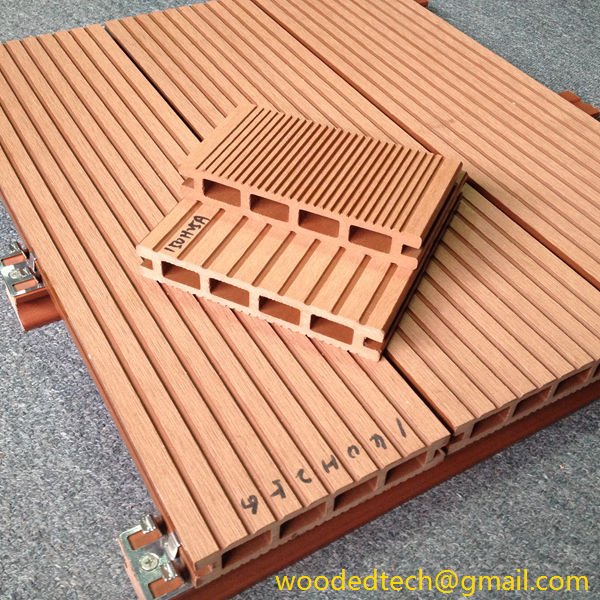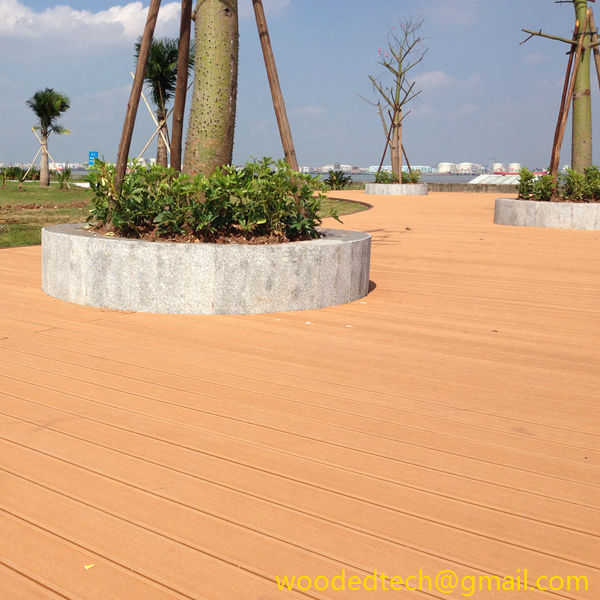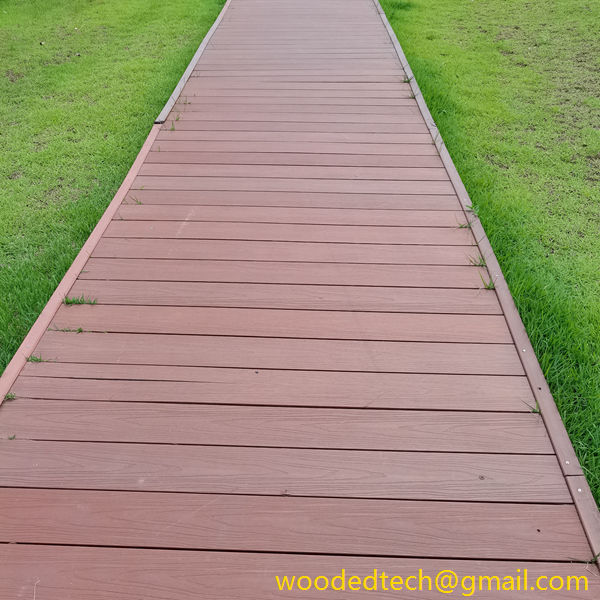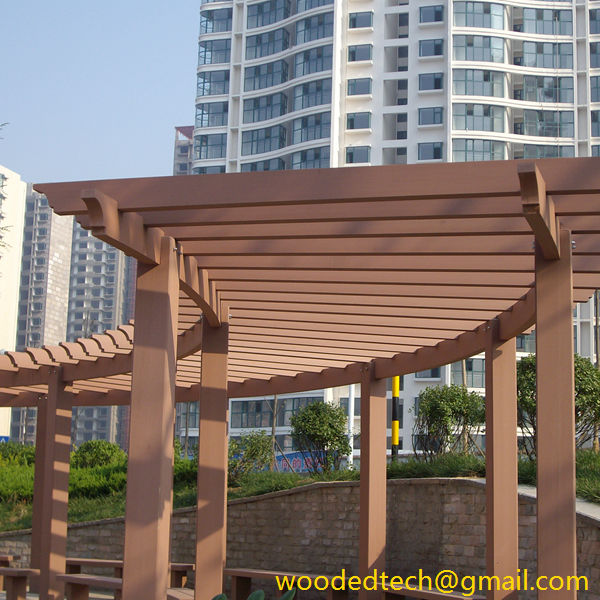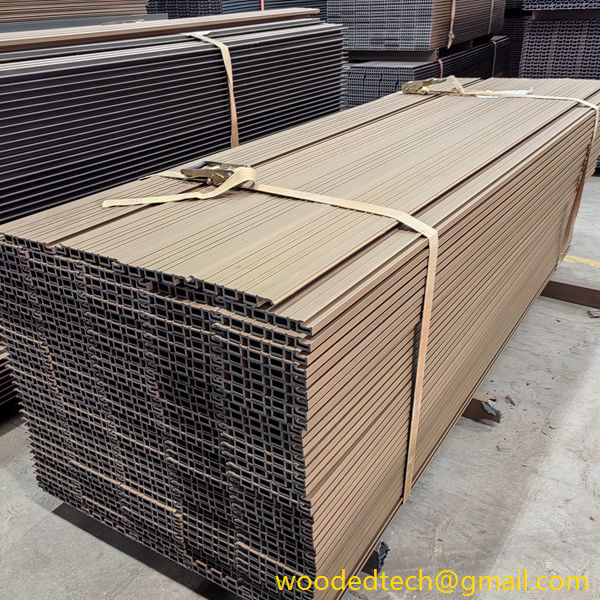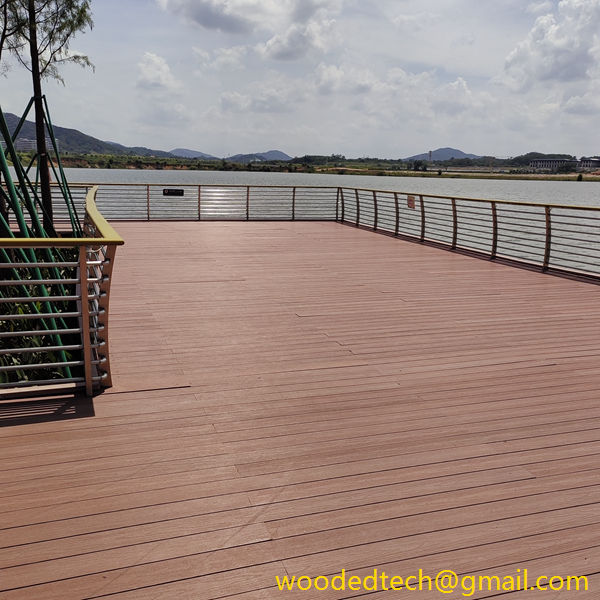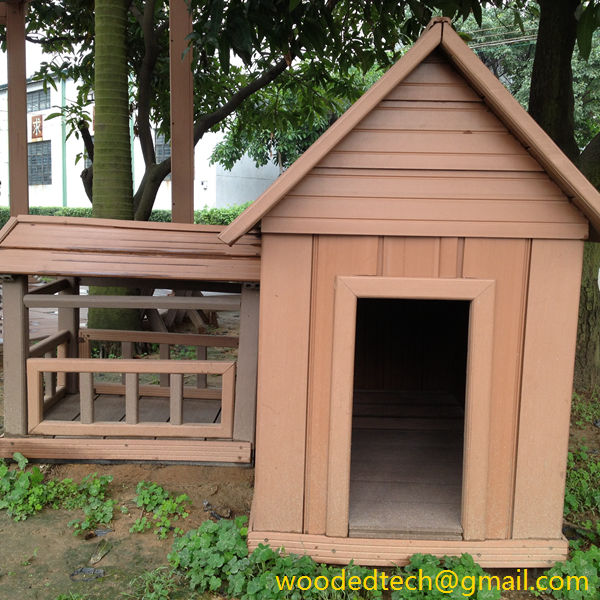What is WPC Board: Key Information About WPC Boards and Their Applications
What is WPC Board: Key Information About WPC Boards and Their Applications Wood Plastic Composite (WPC) boards are innovative materials that combine the best qualities of wood and plastic to create a versatile product suitable for a variety of applications. As an engineered material, WPC boards are crafted using a mixture of wood fibers, plastic,…
What is WPC Board: Key Information About WPC Boards and Their Applications
Wood Plastic Composite (WPC) boards are innovative materials that combine the best qualities of wood and plastic to create a versatile product suitable for a variety of applications. As an engineered material, WPC boards are crafted using a mixture of wood fibers, plastic, and various additives, which results in a composite that offers enhanced durability, resistance to moisture, and ease of maintenance. This unique blend of materials contributes to a product that is not only functional but also aesthetically pleasing.
WPC boards have garnered significant attention in recent years due to their eco-friendly characteristics. The wood fibers used in these boards are often sourced from recycled wood products, while the plastic components can be made from recycled materials as well. This sustainable approach not only helps reduce waste but also promotes the responsible use of natural resources. As a result, WPC boards are increasingly being utilized as a greener alternative to traditional building materials, contributing to more sustainable construction practices.
One of the most notable features of WPC boards is their impressive range of customizable materials. Manufacturers can produce WPC boards in various colors, textures, and finishes, allowing consumers to select products that meet their specific design preferences. This level of customization makes WPC boards an attractive option for architects, designers, and homeowners looking to create unique spaces that reflect their personal style. Furthermore, with advancements in technology, the ability to replicate the appearance of natural wood has improved significantly, making WPC boards an appealing choice for those who desire the warmth of wood without the associated maintenance challenges.
The applications of WPC boards are vast and varied. One of the most common uses is in outdoor decking. Traditional wooden decks require regular maintenance, including staining, sealing, and repairs due to weathering and insect damage. In contrast, WPC decking offers a more durable solution that is resistant to fading, warping, and splintering. This resilience makes WPC boards an ideal choice for patios, pool areas, and outdoor entertainment spaces, where exposure to the elements is a concern. Additionally, WPC decking is often designed with a non-slip surface, enhancing safety for users.
Beyond decking, WPC boards are also used in fencing, railing systems, and outdoor furniture. The ability to customize these products further enhances their appeal, allowing homeowners to create cohesive outdoor spaces that seamlessly blend with their architectural style. Fencing made from WPC boards provides privacy while requiring minimal maintenance, making it a practical choice for many property owners. Similarly, WPC railings can offer both functional support and aesthetic enhancement to decks and balconies.
Interior applications for WPC boards are equally impressive. They can be used for wall paneling, ceilings, and even furniture. The versatility of WPC boards allows for creative design possibilities, enabling homeowners and designers to explore various styles, from contemporary to rustic. The lightweight nature of WPC boards also facilitates easy installation, making them a favorite among builders and DIY enthusiasts alike.
Another significant application of WPC boards is in the construction of cabinetry and kitchen surfaces. WPC boards can be engineered to meet specific load-bearing requirements, making them suitable for kitchen cabinets that can withstand the rigors of daily use. The moisture resistance of WPC boards is particularly advantageous in kitchens and bathrooms, where humidity levels can fluctuate significantly. This property helps prevent warping and swelling, ensuring that the cabinetry remains functional and visually appealing over time.
In addition to their aesthetic and functional benefits, WPC boards also offer significant advantages in terms of maintenance and longevity. Unlike traditional wood products that require regular treatments and inspections, WPC boards are designed to withstand the test of time with minimal upkeep. Cleaning is straightforward, often requiring just soap and water to remove dirt and grime. This ease of maintenance is particularly appealing to busy homeowners and commercial property managers who seek to minimize their maintenance efforts.
Furthermore, WPC boards are resistant to insects, such as termites, which can pose a significant threat to conventional wood products. This resistance not only extends the lifespan of WPC applications but also adds an additional layer of value for consumers. The durability of WPC boards means that they can withstand various environmental conditions, making them suitable for use in both residential and commercial settings.
In conclusion, WPC boards represent a significant advancement in building materials, offering a unique combination of aesthetic appeal, functionality, and environmental sustainability. Their customizable nature allows for a wide range of applications, from outdoor decking and fencing to interior cabinetry and furniture. As the demand for eco-friendly and low-maintenance materials continues to grow, WPC boards are poised to play an increasingly important role in construction and design. With their numerous advantages, WPC boards are not just a trend but a practical solution for modern building needs. Whether for residential or commercial use, these composite materials provide a versatile and attractive option that meets the demands of today’s environmentally conscious consumers.

